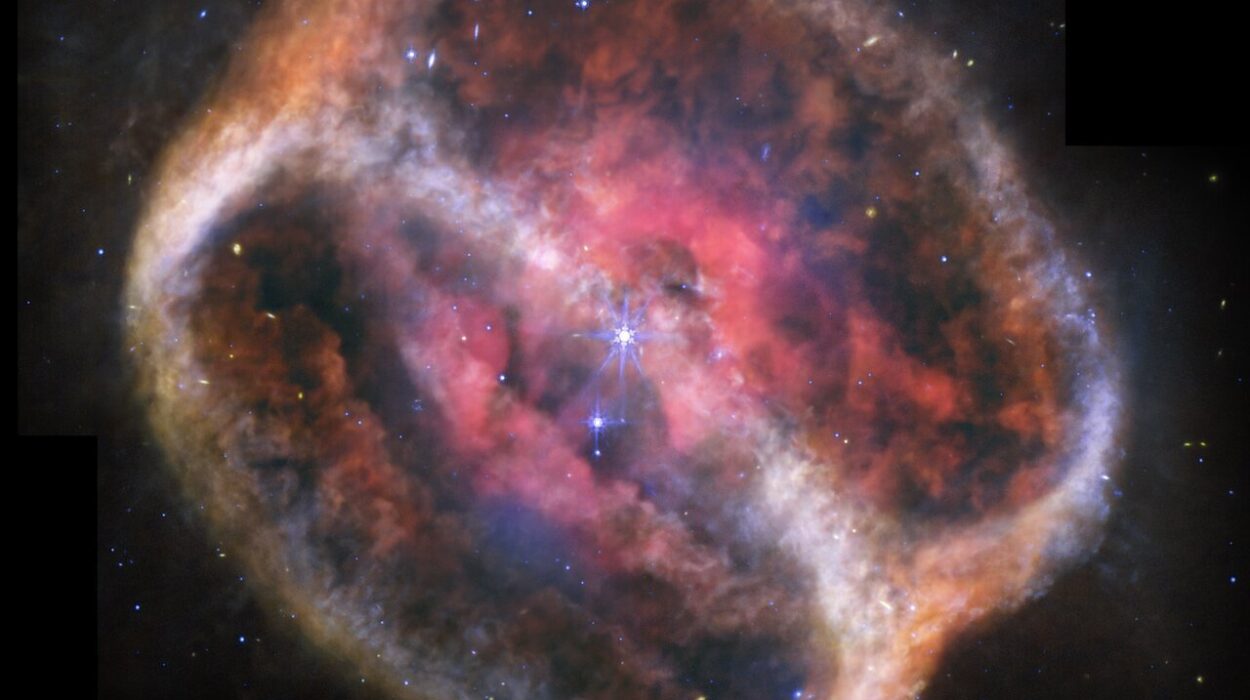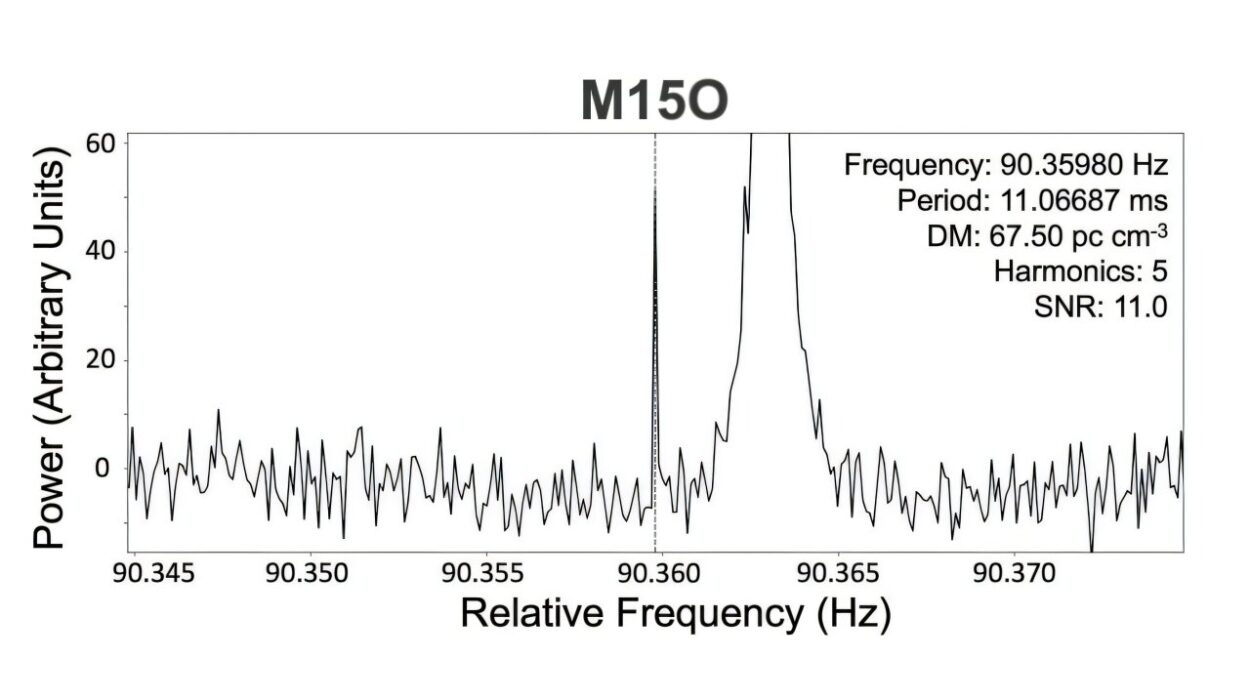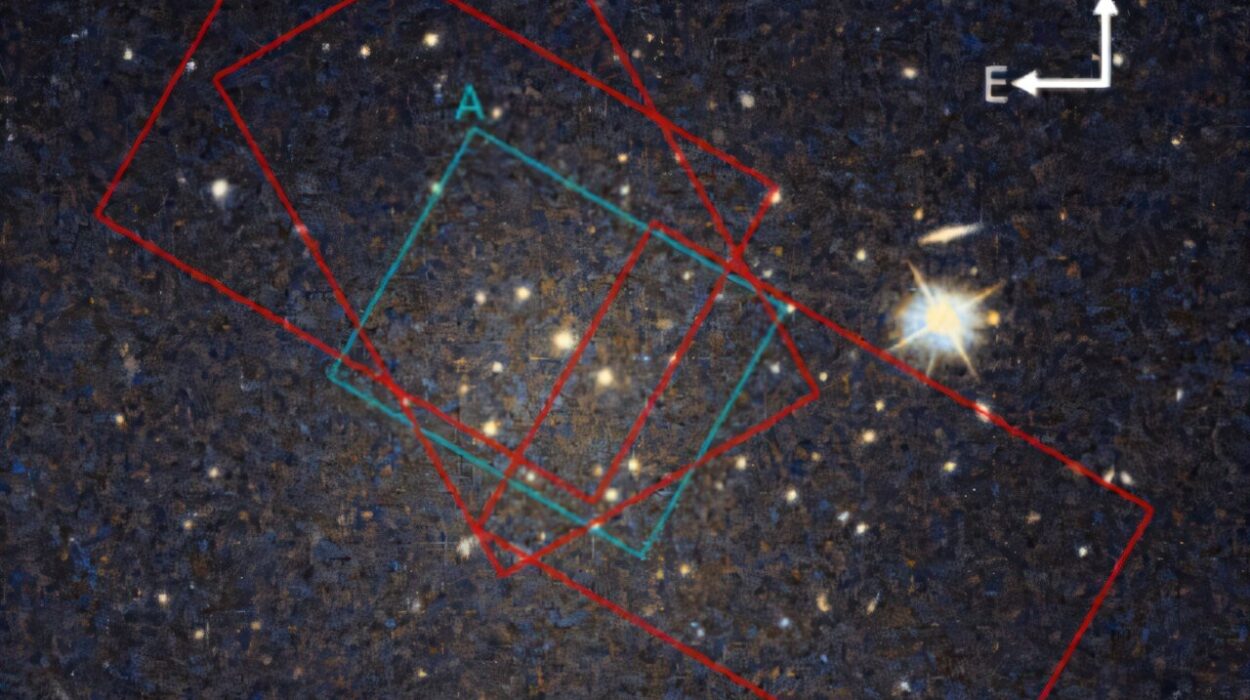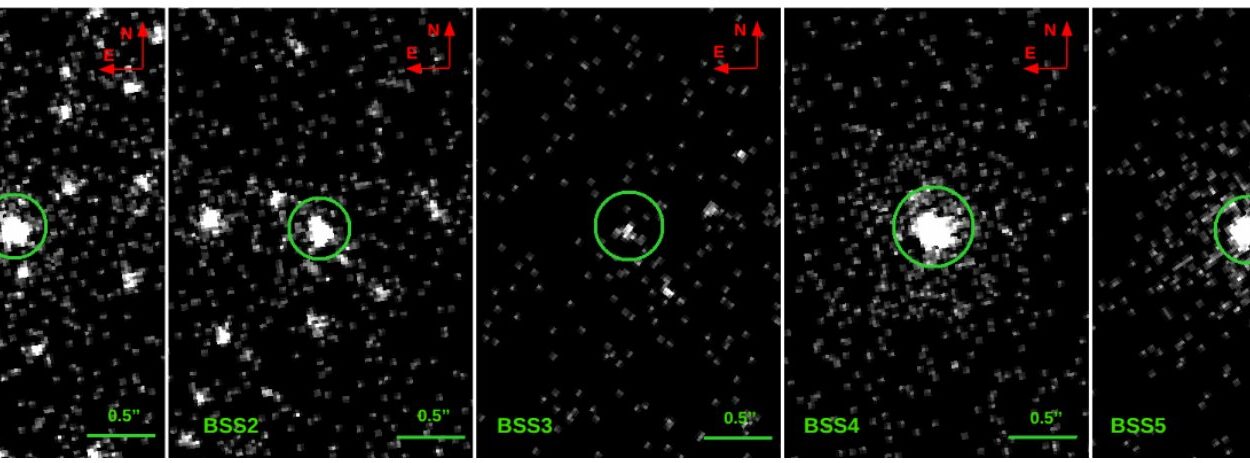In the remote corners of deep space, hidden behind veils of dust and separated from us by millions of light-years, something extraordinary is unfolding. Stars—some of the most massive ever born—are wandering too close to cosmic giants. These aren’t ordinary celestial deaths. These are cosmic executions, acts of gravitational violence so powerful and prolonged that they’re forcing astronomers to rewrite what we thought we knew about the death throes of stars. The perpetrators? Supermassive black holes. And the victims? Stars doomed to become part of a brilliant, blazing finale.
Thanks to the meticulous work of astronomers at the University of Hawaiʻi’s Institute for Astronomy (IfA), these epic stellar endings now have a name: Extreme Nuclear Transients, or ENTs. They are the most energetic cosmic explosions ever recorded—events so luminous, so enduring, and so violent that they make supernovae look like mere fireworks beside thermonuclear bombs.
An Unexpected Light in the Darkness
It all began with data—raw, untamed, and patiently waiting to be seen. Jason Hinkle, then a graduate student at IfA, combed through the treasure troves of transient data provided by the European Space Agency’s Gaia mission, a satellite designed to track changes in brightness across the sky. But Gaia isn’t tailored to explain what it sees. It simply says, “Something changed.”
Most transients—those flickers and flashes of light in distant galaxies—are well-understood. They might be supernovae, variable stars, or flickering accretion disks. But in 2018, Hinkle stumbled upon two events that defied the usual categories. They were centered on distant galaxies, yet their brightness grew and lingered for years, not weeks or months. Unlike the usual jagged light curves of black hole activity or the sudden spike of a supernova, these flares were smooth, their luminosity consistent, like a candle with an impossibly long wick.
This wasn’t just unusual. It was unprecedented.
What Happens When a Star Meets a Supermassive Black Hole
At the core of nearly every galaxy lies a monster: a supermassive black hole, millions or even billions of times heavier than the sun. These black holes are usually quiet, dormant, biding their time. But when a star wanders too close, it can be shredded by tidal forces—gravitational pull so intense that the star is stretched and torn apart. This process, known as a tidal disruption event (TDE), has been observed for over a decade. It produces a flare as the star’s matter spirals into the black hole, heating up and glowing brilliantly before vanishing.
But ENTs are a new class entirely. They are not just brighter—they are colossally brighter. The event named Gaia18cdj, for instance, emitted 25 times more energy than the most powerful supernova ever recorded. For comparison, a typical supernova might release in a year as much energy as our sun will emit in its entire 10-billion-year lifespan. Gaia18cdj, in contrast, radiated the equivalent energy of 100 suns in just one year.
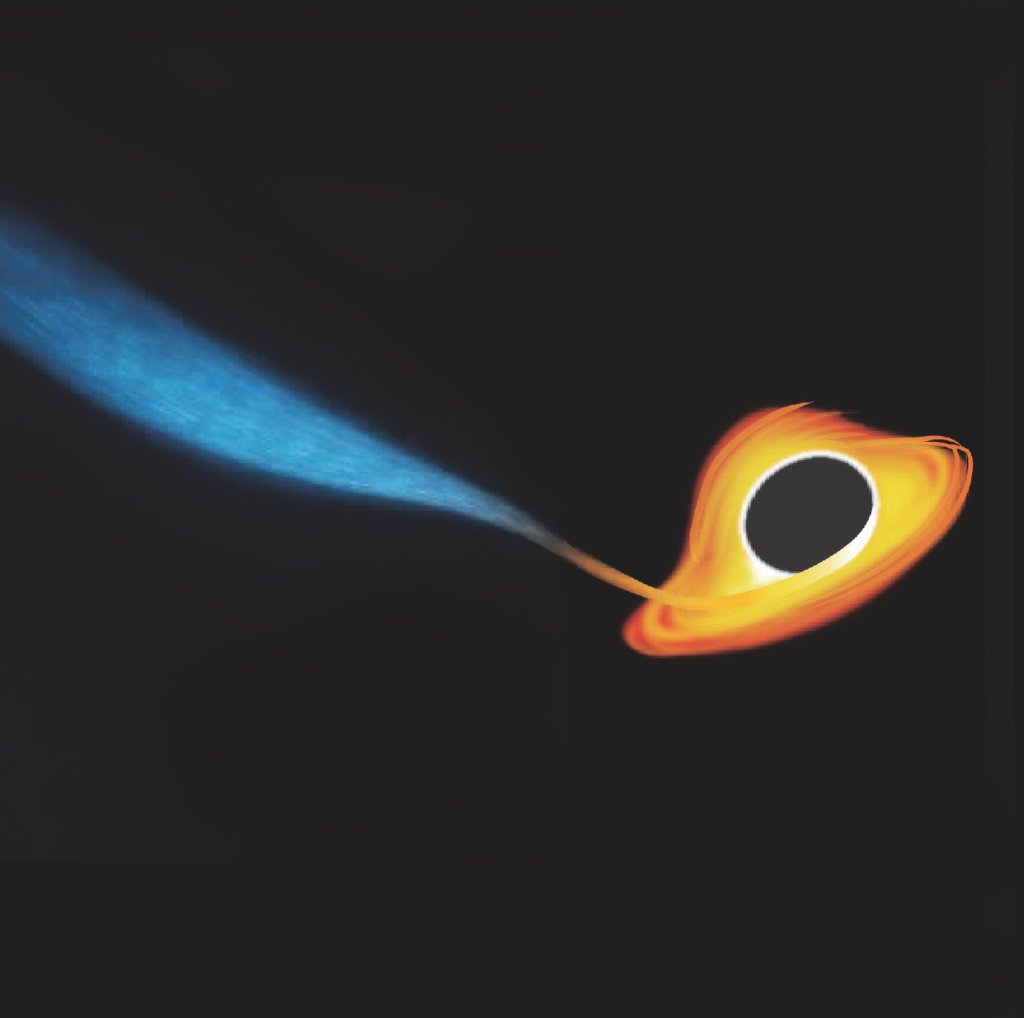
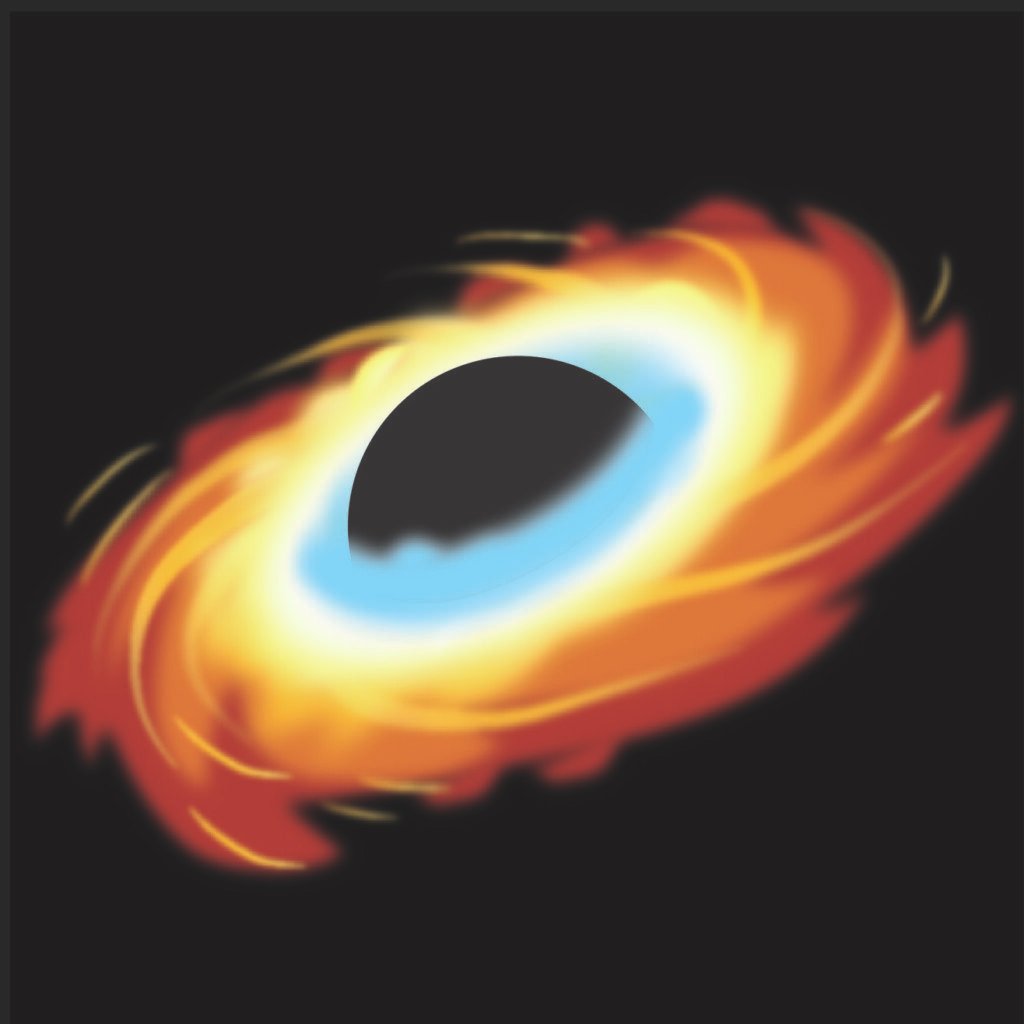
This staggering power, and the duration over which it was released, told Hinkle and his colleagues something important: this wasn’t just a big explosion. It was a slow-motion dismemberment, a massive star being systematically consumed by a black hole, its light screaming across space.
A Multi-Year Detective Story
Once identified, the strange transients launched a scientific manhunt. Hinkle and a team of astronomers around the world coordinated a follow-up campaign using every tool available. Telescopes from Hawaiʻi to California, from space to ground-based observatories, joined the chase. Instruments from the Asteroid Terrestrial-impact Last Alert System (ATLAS), the W. M. Keck Observatory, and others began collecting data across the electromagnetic spectrum—optical, ultraviolet, infrared, and even X-rays.
This data told a consistent story: the events were extremely long-lived, with nearly symmetrical rise and fall times, and their spectra—light broken into its component wavelengths—did not match known supernovae or standard accretion events. The light lacked the hallmark signatures of expanding gas and shock waves from typical explosions. Instead, it bore the fingerprints of steady, high-energy feeding: matter spiraling into an invisible abyss.
Meanwhile, other researchers around the world began reporting similar outliers. The Zwicky Transient Facility, an automated sky survey system, detected a third event with matching properties. The fact that multiple teams found consistent patterns made it clear: this wasn’t a fluke. It was a new astrophysical phenomenon.
More Than Just Bright: ENTs Change the Game
So what exactly sets ENTs apart? It’s not just their extreme luminosity or their multi-year duration—though both are astounding. It’s the mechanism and location. They originate from galactic centers, just where supermassive black holes reside. But unlike chaotic accretion, which causes irregular flickering as gas is swallowed erratically, ENTs are shockingly smooth and coherent in their emission.
This implies a different process altogether. The leading theory is that ENTs are the partial or complete destruction of massive stars—at least three times the mass of the sun—that fall into the gravitational grip of a black hole but aren’t swallowed immediately. Instead, they are pulled apart in a prolonged, luminous process where their guts are turned into glowing streams of energy and devoured over years.

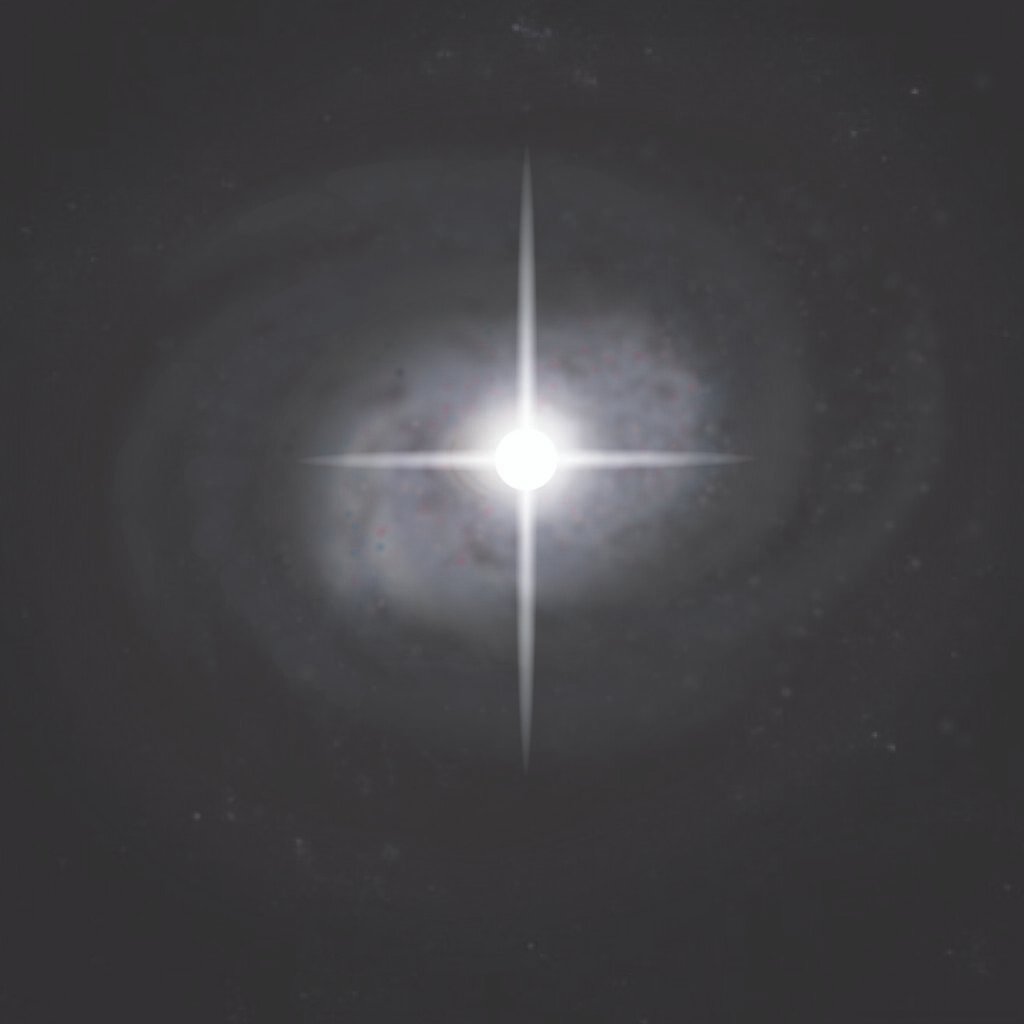

And unlike gamma-ray bursts, which flare and fade within seconds, ENTs give astronomers time to study them in detail. Their slow evolution provides a rare observational window into how black holes grow—not in the chaotic early universe, but in real time.
Looking Back in Time with ENTs
One of the most profound aspects of ENTs is their role as cosmic time machines. Because light takes time to travel, seeing an ENT at great distance means witnessing an event that happened billions of years ago. These events act as lighthouses from the early universe, offering glimpses into a time when galaxies were teeming with star formation and black holes were consuming matter at frenzied rates.
As IfA astronomer and co-author Benjamin Shappee put it, “Because they’re so bright, we can see them across vast cosmic distances—and in astronomy, looking far away means looking back in time.” ENTs are like archaeological digs in the sky, each flare a relic of a more chaotic epoch, when the cosmic web was still knitting itself together.
These rare events provide data that traditional black hole observations cannot. In active galactic nuclei, black hole feeding is hidden behind thick veils of gas and dust. Supernovae, by contrast, are short-lived and hard to track. ENTs bridge that gap. They are rare—at least 10 million times less frequent than supernovae—but their brightness and longevity make them immeasurably valuable.
The Path Ahead: A New Era of Discovery
The discovery of ENTs arrives at the perfect time. Over the next decade, a fleet of new observatories will take to the skies and space. The Vera C. Rubin Observatory, with its sweeping survey of the entire southern sky every few nights, will revolutionize transient astronomy. Meanwhile, NASA’s Roman Space Telescope will probe the far reaches of the cosmos with unprecedented infrared sensitivity.
Together, these instruments will likely detect hundreds of ENTs, turning what is now a handful of outliers into a powerful statistical population. With each new detection, astronomers will piece together how common these events are, how black holes feed, and how galaxies evolve.
We may even begin to understand how the most massive black holes in the universe—those with billions of solar masses—grew so large in such short cosmic timeframes. Were ENTs a regular feature of galactic life in the early universe? Were they the sparks that kept galaxies ablaze? These are questions that future observations will help answer.
Beyond Science: The Awe of Cataclysm
In a purely human sense, there’s something awe-inspiring about ENTs. They represent not just a frontier in astrophysics, but a cosmic story of creation through destruction. A star, forged in the womb of a galaxy, burns for millions of years, only to be torn asunder by a dark, invisible force. And yet, in dying, it creates a beacon—an echo of light that races across time and space, whispering its tale to distant observers.
There is poetry in this violence. It reminds us that the universe is both vast and intimate, indifferent and generous, chaotic and governed by deep, elegant rules we’re only beginning to understand. In observing ENTs, we’re not just tracking explosions—we’re witnessing the universe writing itself.
Conclusion: A New Cosmic Chapter
The discovery of extreme nuclear transients marks a turning point in high-energy astrophysics. For decades, astronomers categorized transient phenomena into familiar boxes—supernovae, gamma-ray bursts, quasars, TDEs. ENTs don’t fit. They open a new category, demanding a new framework, and promising new physics.
But beyond the science, their discovery speaks to the relentless curiosity that defines astronomy. With nothing more than persistent observation, careful analysis, and a willingness to look at anomalies not as errors but as discoveries-in-waiting, a team of researchers uncovered something truly cosmic.
From the heart of distant galaxies, ENTs scream their final song—a song of stars dying not in silence, but in brilliance. And thanks to the minds listening here on Earth, that song is finally being heard.
Reference: Jason Hinkle, The Most Energetic Transients: Tidal Disruptions of High Mass Stars, Science Advances (2025). DOI: 10.1126/sciadv.adt0074. www.science.org/doi/10.1126/sciadv.adt0074

